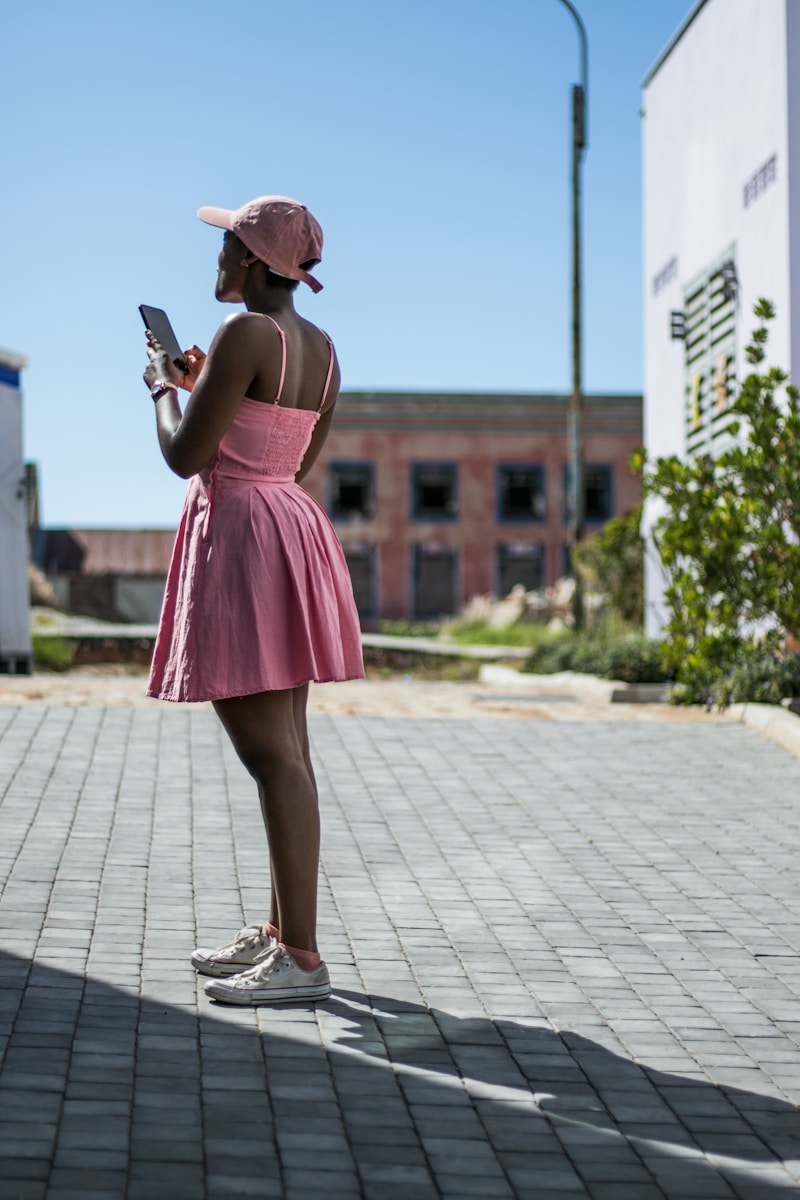Mastering Dress Fitting Frequency: Essential Tips for Achieving the Perfect Fit
Understanding the Importance of Dress Fitting Frequency
When it comes to creating the perfect garment, understanding dressing fitting frequency is crucial. This concept plays a significant role in the tailoring process, ensuring that every piece of clothing not only fits well but also complements the wearer’s style and comfort. In this article, we will explore what dress fitting frequency means, why it matters, and how you can optimize it for the best results.
What is Dress Fitting Frequency?
Dress fitting frequency refers to how often you should try on a garment during the tailoring process. This ensures that adjustments can be made at different stages to achieve the right fit. Depending on the complexity of the design and the fabric used, the frequency of fittings can vary. Generally, the following stages are celebrated in the fitting process:
| Fitting Stage | Recommended Frequency |
| Initial Measurements | 1 Time |
| First Fitting | 1-2 Times |
| Final Fitting | 1 Time |
The initial measurements are crucial as they set the groundwork for the garment. After the first fitting, which involves the garment being in a provisional state, further fittings may be needed depending on how adjustments were implemented. Finally, a last fitting ensures that all alterations are correct and ready for the final reveal.
Why is Dress Fitting Frequency Important?
Understanding the right dress fitting frequency is important for several reasons:
Achieving Precision
Garments need to fit perfectly, especially for occasions like weddings, proms, or formal events. Higher frequency in fittings allows for precise adjustments that ensure the dress contours beautifully to your body.
Enhancing Comfort
A well-fitted dress adds to comfort, allowing freedom of movement. No one wishes to feel restricted, especially when wearing something for an extended period. Consistent fittings help address any comfort issues before the final product is completed.
Saving Time and Resources
While it might seem counterintuitive, adhering to frequent fittings can actually save time and money. By addressing issues early in the fitting process, one can avoid costly last-minute alterations or replacements.
Tips for Determining the Right Dress Fitting Frequency
Tailoring each garment requires attention to detail and careful consideration of various factors. Here are some pointers to help determine the right dress fitting frequency:
1. Type of Garment
The nature of the garment plays a crucial role. For instance, intricate designs or layered dresses may require more fittings compared to simpler styles. Engage with your tailor to assess the specific needs based on the complexity of your dress.
2. Fabric Choice
Dresses made from structured fabrics like silk, taffeta, or satin may need more fittings due to their less forgiving nature, whereas stretchable materials like jersey may require less frequent adjustments.
3. Changes in Body Shape
Life events such as weight fluctuations or pregnancy can significantly affect your body shape. In such cases, you might consider more frequent fittings to ensure that any changes are promptly addressed.
4. Occasion Timeline
For major events, plan your fittings well in advance. As a rule of thumb, allow about 8-12 weeks leading up to your event for multiple fittings.
Common Questions Related to Dress Fitting Frequency
Here are some frequently asked questions regarding the topic:
How many fittings should I expect for my wedding dress?
Generally, brides can expect about 3-4 fittings leading up to their wedding day. This ensures that the dress fits perfectly as the big day approaches.
Can I do a fitting without the actual dress?
Yes, many tailors also provide fittings using a muslin prototype of the dress. This allows for a rough idea of the final fit without using the actual fabric.
What should I wear to a fitting?
It’s generally recommended to wear undergarments similar to what you'll wear on the special day, as this can impact the overall fit of the dress.
Final Tips and Considerations
In conclusion, understanding dress fitting frequency can significantly enhance your tailoring experience, ensuring a comfortable and impeccably fitting garment. Remember that communicating openly with your tailor about any concerns or preferences is vital for a successful fitting experience. As a general rule, be proactive; don't hesitate to schedule additional fittings if you feel adjustments are necessary. The fitting process should be tailored to your unique needs, ensuring that when the final product is ready, it perfectly embodies your style and comfort constraints.
In summary, whether you're preparing for an important life event or simply aiming to perfect your wardrobe, paying attention to dress fitting frequency will make all the difference in achieving an impeccable fit.
